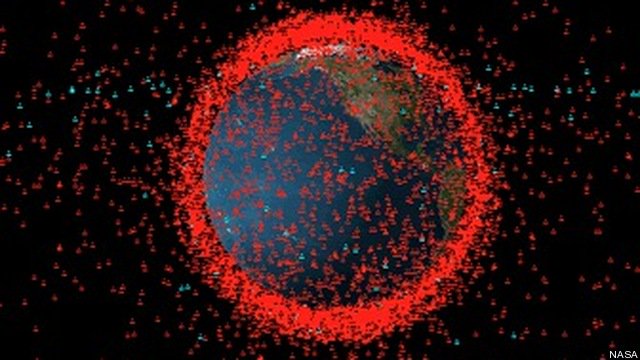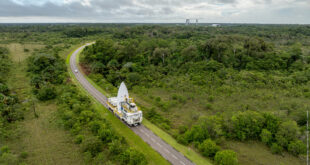
Ibadan, 23 May 2024. – NASA’s Office of Technology, Policy, and Strategy (OTPS) has released a report providing NASA leadership with new insight into how to measure the risks that orbital debris presents. The report, Cost and Benefit Analysis of Mitigating, Tracking, and Remediating Orbital Debris, is Phase 2 of OTPS’ work to address the technical and economic uncertainties associated with orbital debris.
The OTPS Phase 1 report, which came out in 2023, provided the initial information for policymakers looking for cost-benefit analyses of remediation measures for orbital debris including moving, removing, or reusing objects. The new report has improved the quality of the estimates of orbital debris risks. Furthermore, the new estimates cover everything from the largest debris in space down to millimeter-size fragments. The report also expands the OTPS teams’ focus to include actions that can mitigate the creation of new debris and track existing debris.
In addition, the new OTPS report differs from previous orbital debris studies in that it directly estimates the space debris risks, instead of risk proxies like the number of pieces of debris in orbit. Additionally, it measures the risks in dollars – modeling the costs that operators would incur from maneuvering spacecraft to avoid debris, dealing with close approaches, and damage or loss due to debris impact. The study also simulates how the orbital debris environment will evolve over 30 years.
Explaining the report, Charity Weeden, head of NASA OTPS, said, “Growing activity in Earth’s orbit has brought us everything from faster terrestrial communications to a better understanding of our changing climate. This study is part of NASA’s work to rapidly improve our understanding of that environment by applying an economic lens to this critical issue.”
 SpaceWatch.Global An independent perspective on space
SpaceWatch.Global An independent perspective on space




